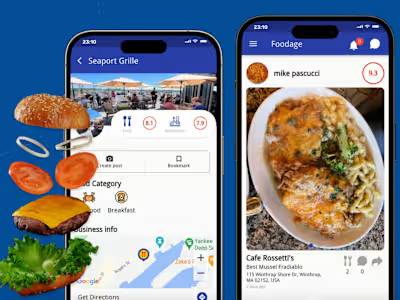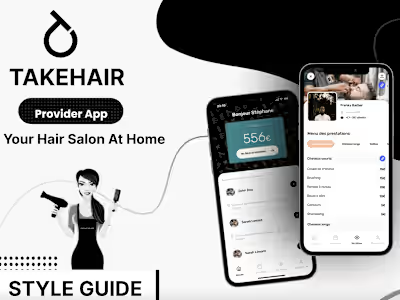Route Optimizations for logistic Web Application
The TurboLast project focuses on enhancing delivery efficiency through advanced route optimization. By leveraging a robust tech stack, we aim to provide a seamless experience for users while reducing operational costs and delivery times.
Project Overview
TurboLast is designed to optimize delivery routes for drivers, ensuring they reach their destinations in the quickest and most efficient manner possible. This project incorporates a user-friendly mobile application, a dynamic web frontend, and a powerful backend to manage data and routing algorithms.
Key Features
Dynamic Route Optimization: The core functionality of the app is the ability to calculate the most efficient routes based on real-time traffic data, delivery locations, and user preferences.
User Profiles: Users can create and manage profiles, allowing them to save frequent delivery locations and preferences.
Real-Time Tracking: Drivers can track their routes in real time, receiving updates on traffic conditions and alternate routes as needed.
Push Notifications: Users receive notifications about delivery status, estimated arrival times, and any route changes.
Technical Stack
Mobile App: Flutter
The mobile application is developed using Flutter, enabling a high-performance, cross-platform experience for both iOS and Android users.
Single Codebase: With Flutter's single codebase approach, we ensure faster development and easier maintenance across platforms.
Rich UI Components: Flutter provides a variety of widgets to create a visually appealing and user-friendly interface.
Real-Time Capabilities: Using Flutter's built-in libraries, we implement real-time features, such as live route tracking and notifications.
Frontend: React.js
The web frontend is built with React.js, offering a responsive and interactive user experience.
Component-Based Architecture: React's component-based design allows for modular development, making it easier to manage and update the UI.
State Management: Utilizing libraries like Redux or Context API, we efficiently manage the application state and ensure seamless data flow.
API Integration: The frontend communicates with the backend through RESTful APIs, retrieving and displaying real-time data efficiently.
Backend: Node.js
The backend is powered by Node.js, providing a fast and scalable server environment for managing data and processing route optimization algorithms.
RESTful API: The backend exposes RESTful APIs to handle requests from the mobile and web applications, ensuring smooth communication.
Data Processing: Node.js handles the heavy lifting of processing delivery requests and calculating optimized routes using algorithms like Dijkstra's or A*.
Database Management: A database (e.g., MongoDB or PostgreSQL) stores user data, delivery information, and route history, allowing for efficient data retrieval and storage.
Route Optimization Algorithm
The route optimization algorithm is a crucial part of the backend, leveraging geographic data and user inputs to calculate the best routes. The algorithm considers various factors, such as:
Distance and Travel Time: Calculates the shortest path based on distance and current traffic conditions.
User Preferences: Accounts for user-specified preferences, such as avoiding tolls or prioritizing certain delivery locations.
Dynamic Adjustments: Continuously updates routes in real-time based on changing traffic conditions and other unforeseen circumstances.
Like this project
Posted Oct 15, 2024
The TurboLast project optimizes delivery routes using a Flutter mobile app, a React.js frontend, and a Node.js backend. It provides real-time tracking.
Likes
0
Views
5







